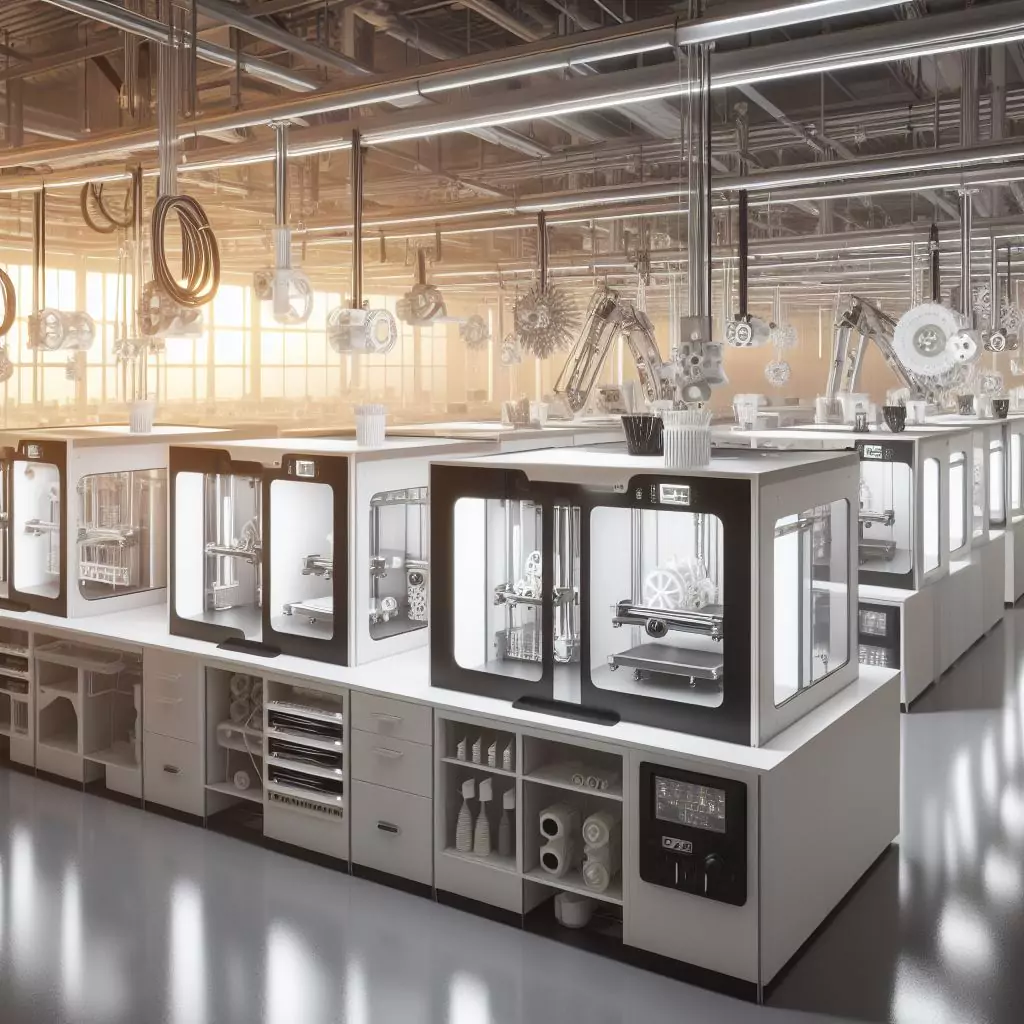Introduction
In the realm of architecture, the emergence of 3D printing has ignited a transformative wave, reshaping how structures are envisioned, designed, and constructed. This article delves into the profound impact of 3D printing on the architecture industry, exploring its innovative applications, benefits, and the future it promises.

Unveiling the Potential
1. Architectural Prototyping
Traditionally, architects relied on intricate scale models to convey their design concepts. With 3D printing, the process has evolved into a more efficient and visually striking experience. Architects can now produce detailed and accurate prototypes that vividly represent their ideas, allowing for better communication with clients and stakeholders.
2. Complex Geometries Made Feasible
One of the groundbreaking aspects of 3D printing in architecture is its ability to materialize complex geometries that were once challenging or impossible to achieve through traditional methods. This newfound freedom in design enables architects to explore innovative shapes, intricate patterns, and organic forms, pushing the boundaries of what’s architecturally conceivable.
3. Sustainable Construction Practices
The architecture industry is increasingly embracing sustainable practices, and 3D printing aligns seamlessly with this ethos. By using eco-friendly materials and minimizing waste, 3D printing contributes to a more sustainable construction process. Additionally, the efficiency of 3D printing reduces the overall energy consumption associated with traditional construction methods.
Real-world Applications
1. Construction of Affordable Housing
In various parts of the world, 3D printing is being leveraged to address housing shortages. The speed and cost-effectiveness of 3D printing make it an attractive solution for constructing affordable and resilient housing, offering a potential remedy to global housing challenges.
2. Restoration and Preservation
Historical preservation and restoration projects benefit significantly from 3D printing. The technology enables the recreation of intricate details and ornamentation, facilitating the restoration of heritage sites with unparalleled accuracy.
3. Customization in Urban Planning
Urban planners are harnessing 3D printing to create detailed architectural models for city planning. This allows for a comprehensive understanding of the spatial layout, enabling informed decisions that cater to the unique needs and challenges of individual urban environments.
Overcoming Challenges
While 3D printing holds immense promise for the architecture industry, it is not without its challenges. Issues such as scaling up for large construction projects, regulatory frameworks, and material limitations require continuous innovation and collaboration to be addressed effectively.
Future Prospects
As technology advances, the future of 3D printing in architecture looks increasingly promising. Anticipated developments include the use of advanced materials, robotic construction processes, and even the possibility of 3D-printed buildings on Mars as humanity ventures into extraterrestrial colonization.
Conclusion
In conclusion, 3D printing is ushering in a new era for architecture, unlocking creative possibilities, improving sustainability, and revolutionizing the way structures come to life. As architects, engineers, and innovators continue to push the boundaries of this transformative technology, the architectural landscape is destined to evolve in unprecedented ways, creating a legacy of innovation for generations to come.